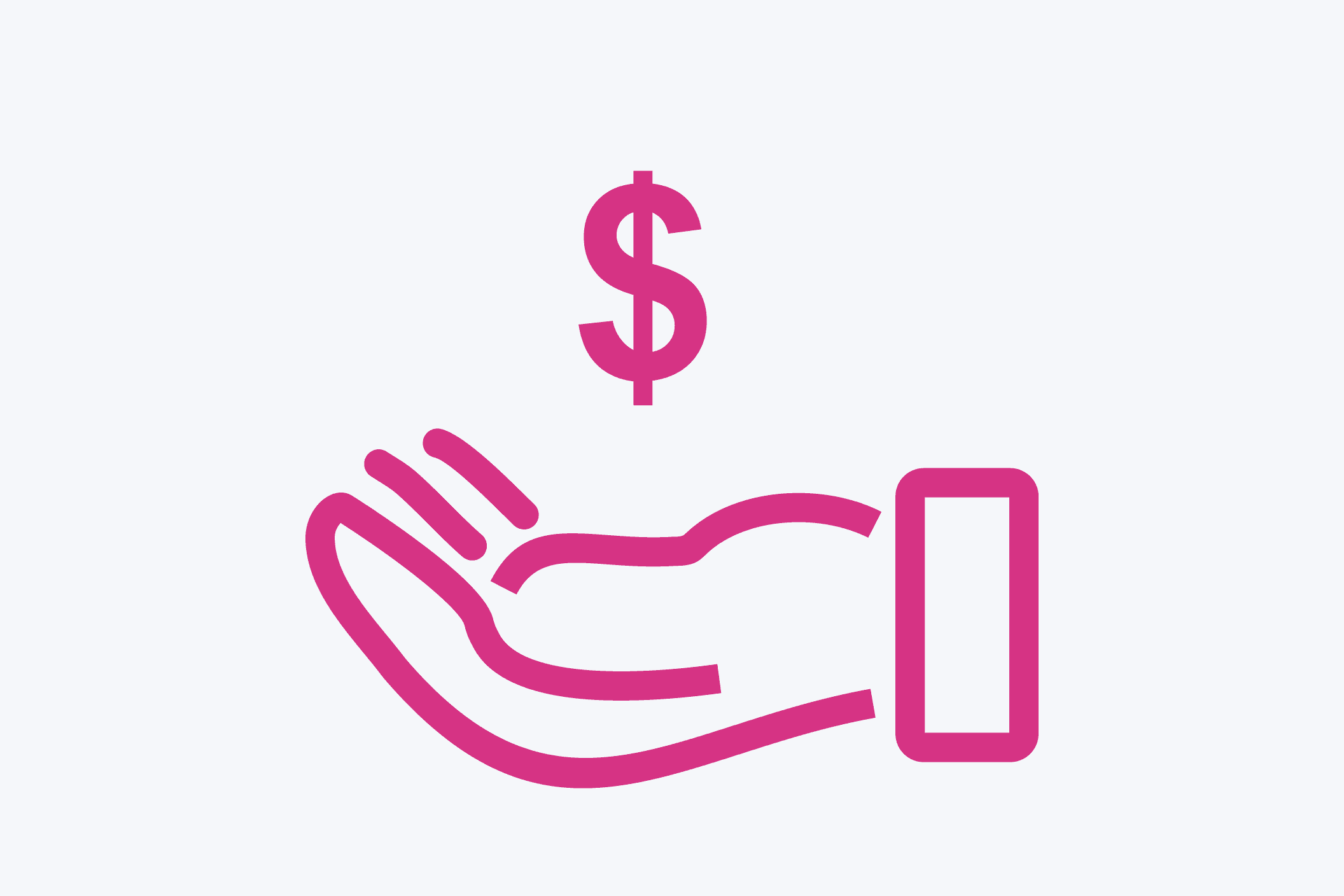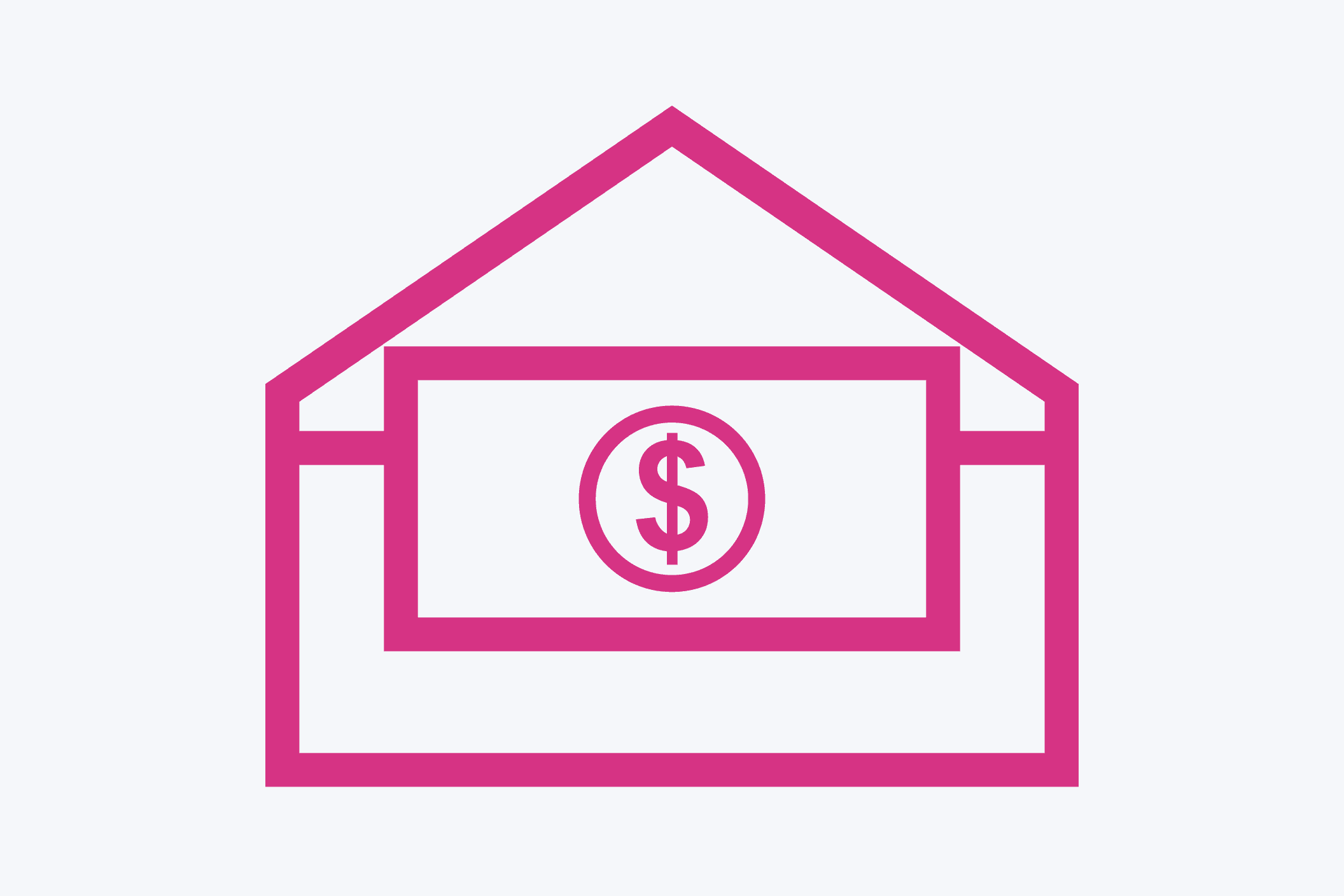Aug 26, 2025
In the US, businesses are experiencing a transformation in cash flow management through collaborative payment networks. This new approach links companies, vendors, and customers in a secure, digital-first environment helping teams achieve greater transparency, faster transactions, and improved working capital.
Streamlined Payments and Centralized Control
Collaborative payment networks bring together multiple payment types, supporting ACH, virtual cards, checks, and wire payments. Businesses see improved efficiency from a unified system where data and workflows are easily accessible and errors from fragmented systems are eliminated. With centralized vendor management and automated processes, finance teams can allocate more time to strategic tasks and less to manual approvals or corrections.
Faster Cash Application and Fewer Delays
Electronic invoices and collaborative portals help finance teams apply payments more efficiently. Automating invoice processing and dispute resolution ensures receivables are matched without lengthy delays, allowing companies to pull in funds quicker and bring greater predictability to their cash flow.
Enhanced Security and Data Quality
A collaborative payment network prioritizes security. Closed environments minimize fraud and ensure payment and vendor data remain accurate and up to date. Organizations avoid costly errors and failed transactions, thanks to continual data validation and compliance with federal standards.
Network Effect and Supplier Relationships
The more participants in a collaborative payment network, the stronger the ecosystem becomes. Buyers and suppliers benefit from faster settlements, real-time remittance data, and clear communication all of which drive more consistent payment cycles and reduce disputes. Businesses can count on robust partnerships that support growth and stability.





